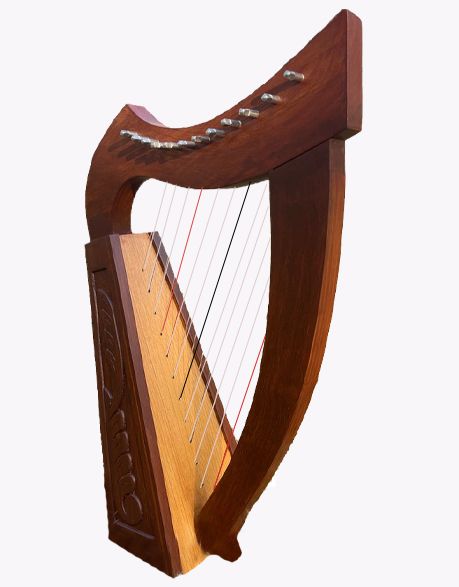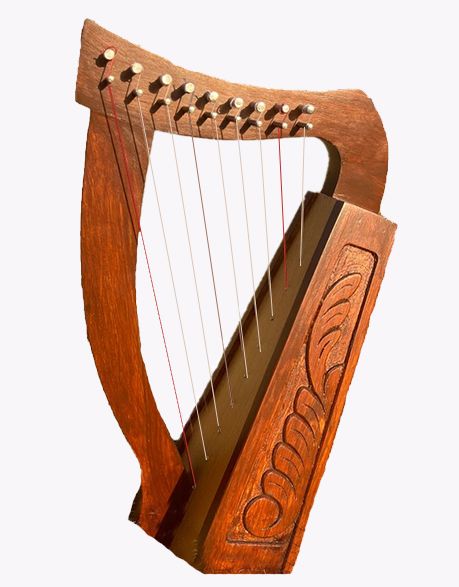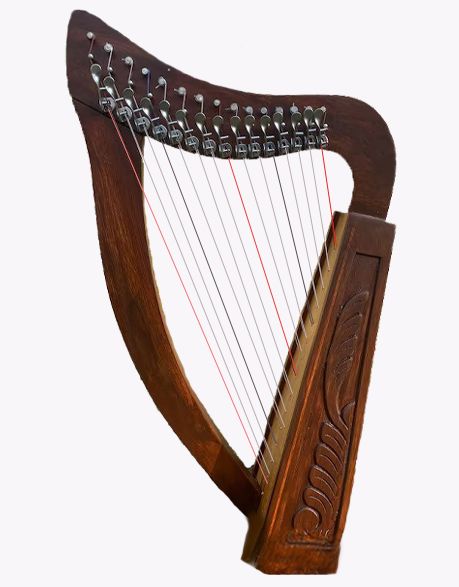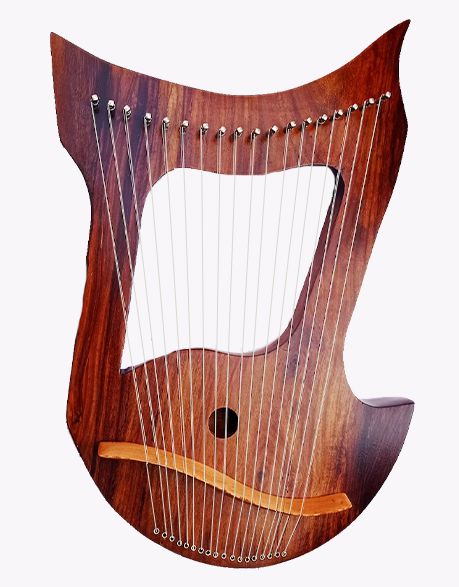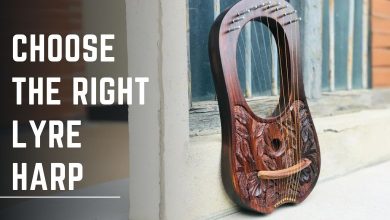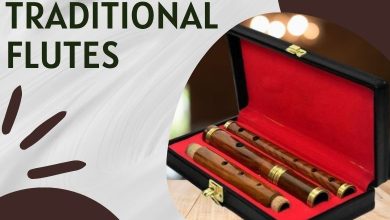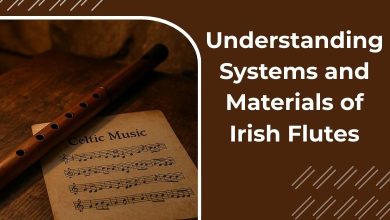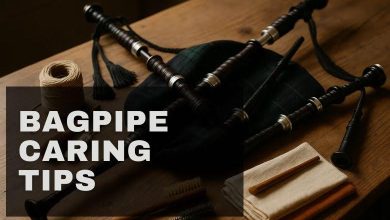Caring for Your Lyre Harp for its Longer Lifespan
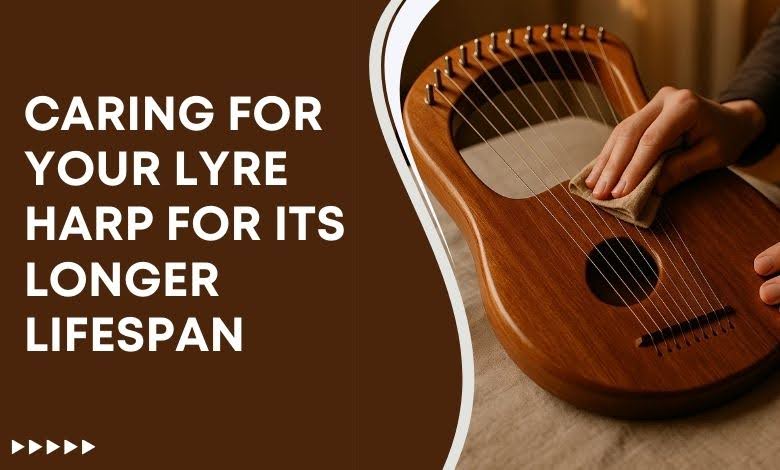
There are many instruments that are essential in Scottish music, and the lyre harp is one of them. It is a wooden system that usually has a number of strings made with steel, gut, or nylon. The use of metal is also common in its various components, including tuning pegs or some decorative elements. Its construction with various materials signifies that harps need a specific level of maintenance to produce quality sound, offer an extended lifespan, and save the investments for extended durations and this is the central point of our discussion. In this blog post, we will discuss various caring tips for lyre harps, but first, let us understand why proper care matters.
Table of Contents
ToggleUnderstand What Your Harp Requires
A majority of new players may not be fully aware of the anatomy and the requirements of woodwind instruments. While specifically discussing the lyre harps, they have a unique but simple anatomy with different maintenance requirements compared to Scottish bagpipes and Irish flutes.
Before we overview caring tips for lyre harps, it will be helpful to comprehend the harp’s construction. The number of parts is not that much as it typically features a wooden body (soundbox), tuning pins, a crossbar, and strings. These wires are made of different materials such as nylon or metal. To make its body, the priority is using rosewood or mahogany because of their influence on the instrument’s prolongation. After all, these woods are durable enough to face various environmental conditions.
All of these components have specific caring needs that appreciate specific care steps such as humidity control and string checks. Remember, the quality of material enhances both: the quality of sound and the lifespan of the instrument. Thus, it is pretty crucial to understand the maintenance requirements first.
Lyre Harp Maintenance Tips
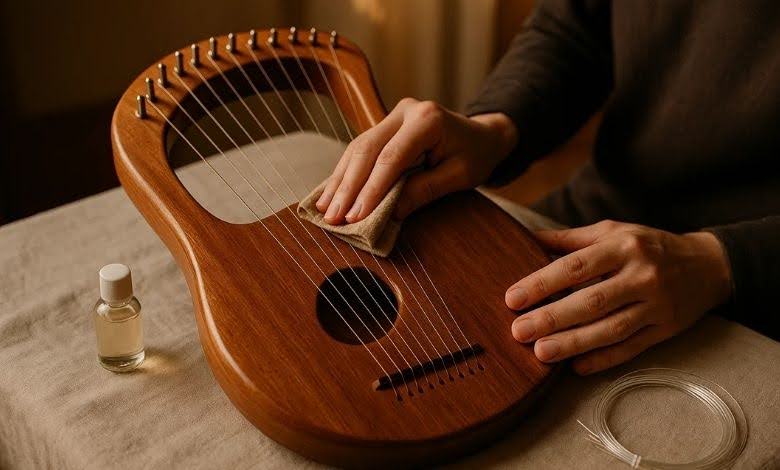
If you ask somebody about the maintenance tips of a lyre harp, he will describe it in just 3 words: cleaning, changing strings, and tuning. Though this answer is right, knowing the cleaning tips, optimal storage conditions, and handling it during the performance and transporting also matters.
Daily and Weekly Maintenance
Some maintenance requirements are applied on a daily basis, while a few are part of the weekly routine, such as cleaning and string handling respectively. In fact, both of these approaches work before and after every performance.
Gentle Cleaning: Cleaning your instrument regularly with a soft cloth keeps it looking fresh. To clean it thoroughly, use a damp cloth moisturised with mild detergent. Make sure that no part of the harp gets excessively wet.
Safe String Handling: Though it is not recommended as a daily approach, clean and tighten and inspect the strings once a week. Change or adjust the string if you find any loose or broken. When cleaning wires, use specific string oil/conditioner to prevent rust.
Optimal Storage Conditions
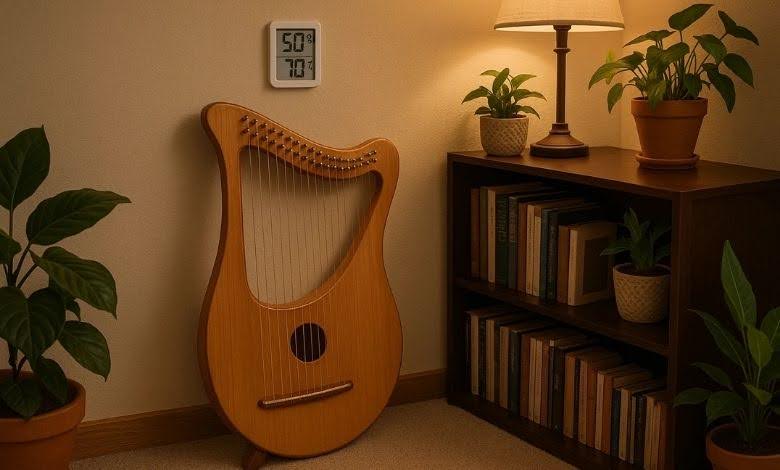
The next caring tip is ensuring optimal storage conditions for a lyre harp. Knowing the favorable climate for this instrument is essential because extreme weather can impact it.
Climate Control: When storing a lyre harp, make sure that area to place it is climate-controlled. Moisture and high temperature have never been suitable for wood and metal. The recommended temperature to store a harp is 68-72°F while the humidity level should be around 40-60% as the fluctuations in temperature and humidity negatively impact the harps.
Proper Positioning: The position of a harp also matters when you have to store it. The size of the instrument plays a vital role in deciding the position. If it is a giant harp, position it in the corner of the room in a way that the walls may handle it tightly. In case it is small and you are transporting it in an airplane, guarantee a specific distance between it and other objects. There is always a likelihood of an object’s displacement because of runway bumps or turbulence while flying.
Common Mistakes to Avoid
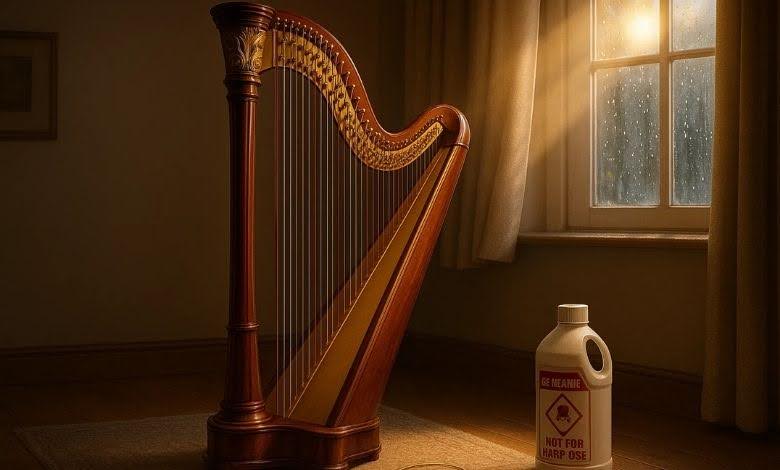
Harp players usually make some mistakes when it comes to storing or maintaining the instruments. Keep in mind that maintenance is only effective if you avoid these mistakes too. We have shortlisted some often-made mistakes below that you must know.
Over-tightening Strings
While tuning the strings, players often overtighten them, considering that they will not get loose easily. Doing so is not recommended at all because tight wires can break with a bit of force with fingers. On the contrary, leaving them a bit loose impacts the sound quality along with bothersome harp-playing circumstances.
Using Harsh Chemicals for Cleaning
Cleaning a harp before and after every use, unquestionably, is a great approach. Therefore, a bit of carelessness can damage it. Many are seen using irrelevant or harsh chemicals, which weakens the wood and becomes a source of rust for steel parts. Similarly, using an abrasive cloth to clean it also damages the finish of every part of the harp.
Hazardous Climate Exposure
Last but not least, while storing a harp, people do not value the climate exposure of the harp. In lower temperatures, they oversee the intensity of direct sunlight and leave it outdoors for an hour or two. It negatively affects the quality of material. Similarly, some people keep on playing it in the rainy weather. Remaining wet also results in damaging the harp.
Explore Ideal Lyre Harps at Utility Kilt UK.
Undoubtedly, maintaining a lyre harp following the given tips is very essential; thus, there is something else that increases both its lifespan and sound quality. It is none other than the overall quality, which is always possible to purchase from a reliable brand like Utility Kilt UK. We are an online store serving Highlanders by providing them with their traditional kilt outfits and musical instruments. We not only provide comfort but also merge it with affordability to make everyone able to purchase them. Below are our best lyre harps that you should consider buying.
FAQs About Lyre Harp Maintenance
What’s the average lifespan of a lyre harp with proper care?
The proper maintenance of lyre harps including proper cleaning, tuning, and storage. If you have met every requirement, expect it to be your companion for decades. Some premium-quality instruments can even be lifelong.
Is it okay to hang a lyre harp on the wall for display?
Yes, hanging a lyre harp on the wall enhances the charm of a musician’s place. Therefore, considering the size and weight of the harp is essential. If it is heavier, continuous stay on the wall can damage the hanging point.
What are common mistakes new lyre harp owners make?
They usually oversee cleaning and maintaining it, which results in poor performance or reduced life of the product.
Does the type of wood affect how you care for the lyre harp?
Absolutely, the type of wood used in a harp significantly impacts the care routine. Many woods are used to make harps, and all have unique characteristics. The way every type of wood deals with different climates also impacts the care level.
How can I protect my lyre harp when playing outdoors?
Playing a harp outdoors means an open exposure to the climate which is not a good gesture. But every problem has a solution, focus to protect it from the elements, especially rain, direct sunlight, and extreme temperatures using a cover like tent. Besides covering it, spot a stable, level playing surface and use a padded carrying case to transport or store it.
